Page Two - It's Downhill From Here...
11/5/2014 The Caps All Go On... Preparing For The Pour
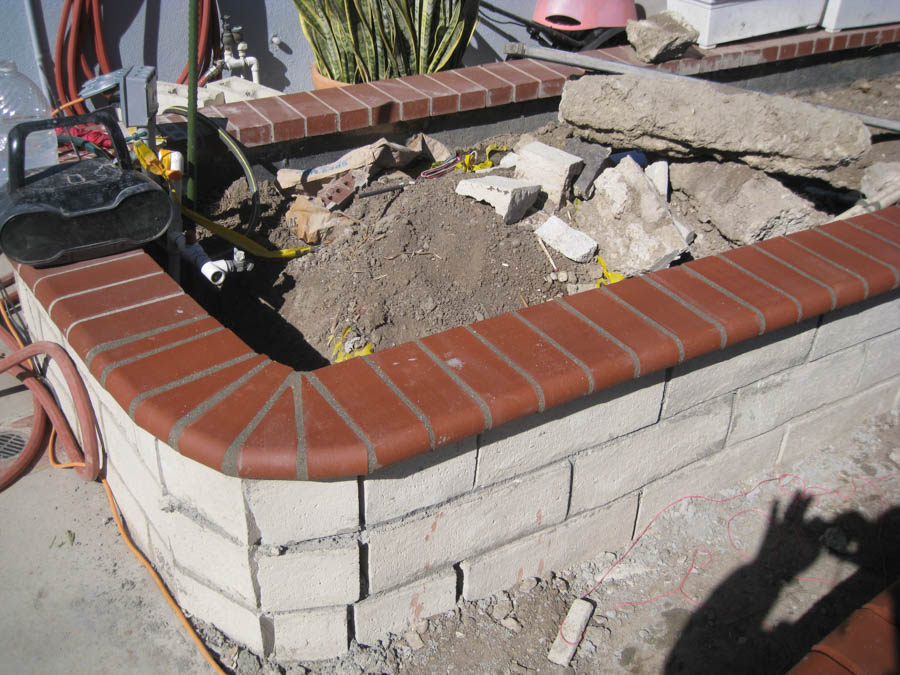
Looking goood
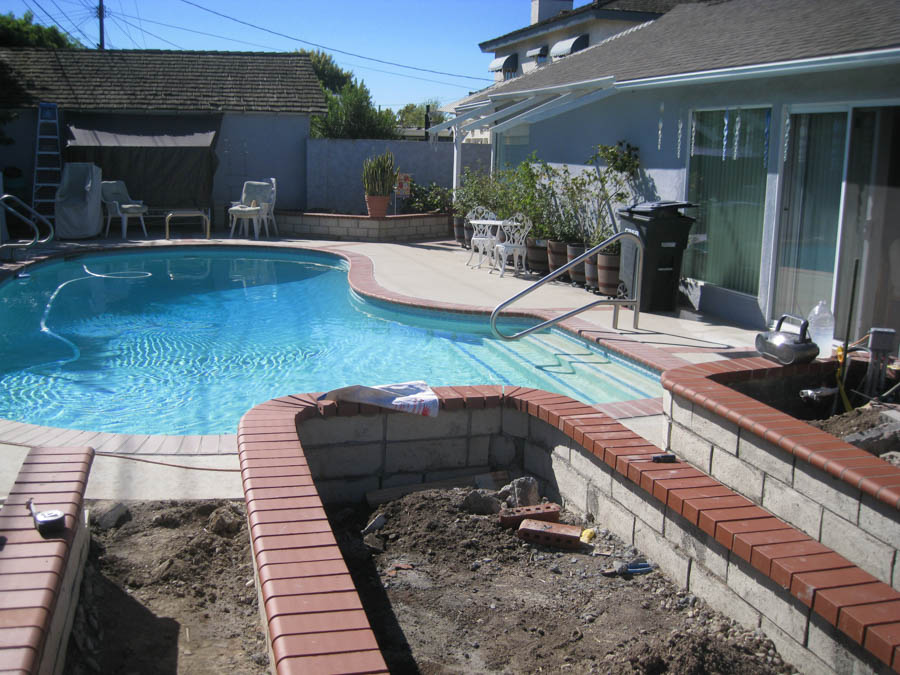
Its going to be so easy to garden now

Working hard in todays heat
11/6/2014 Digging And Placing Rebar In The Walkways
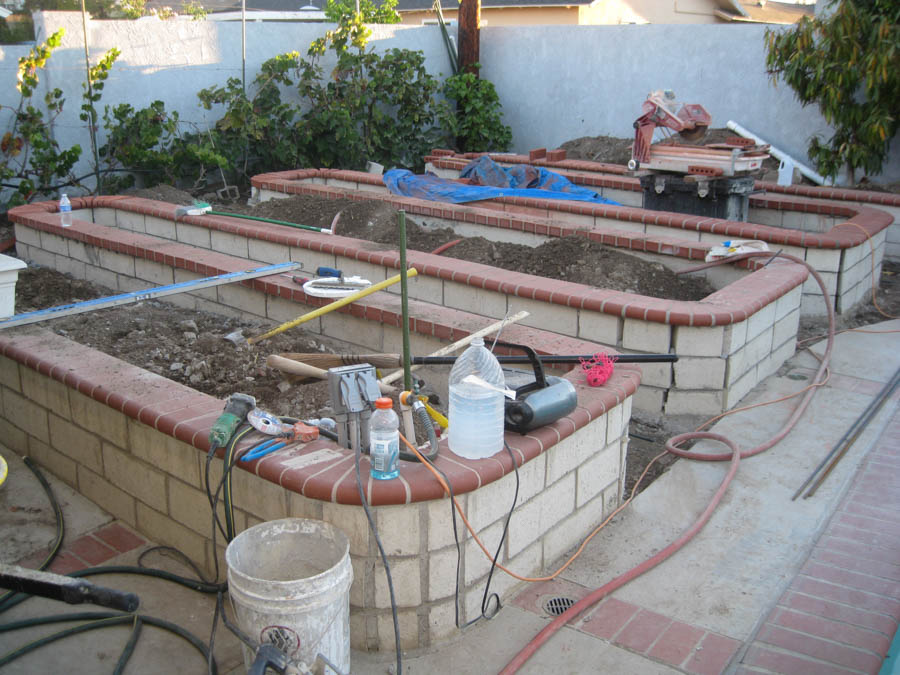
Wall work is just about done
11/7/2014 Pathways Get Poured
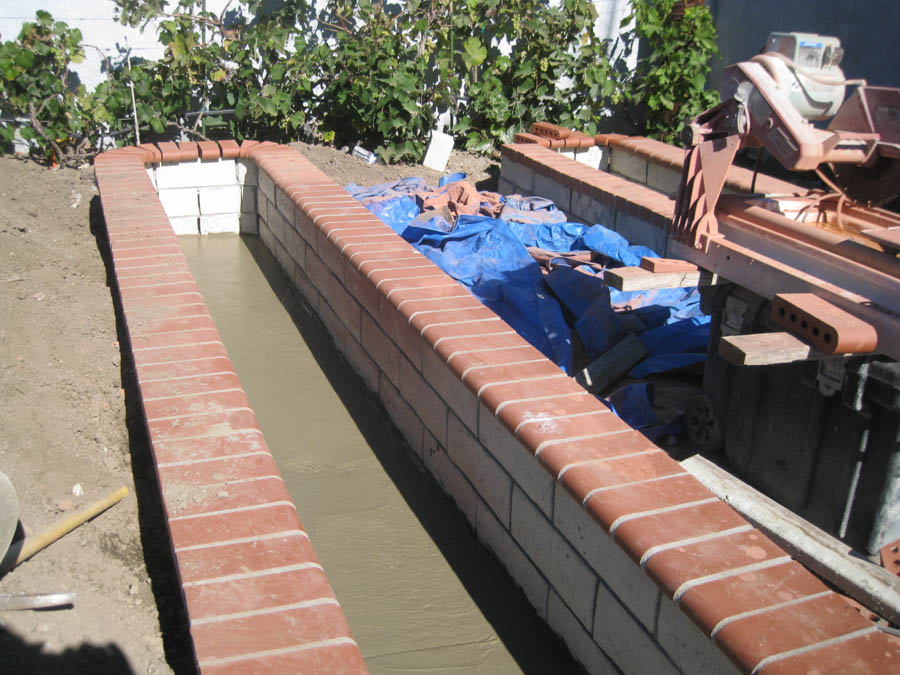
The concrete has been poured
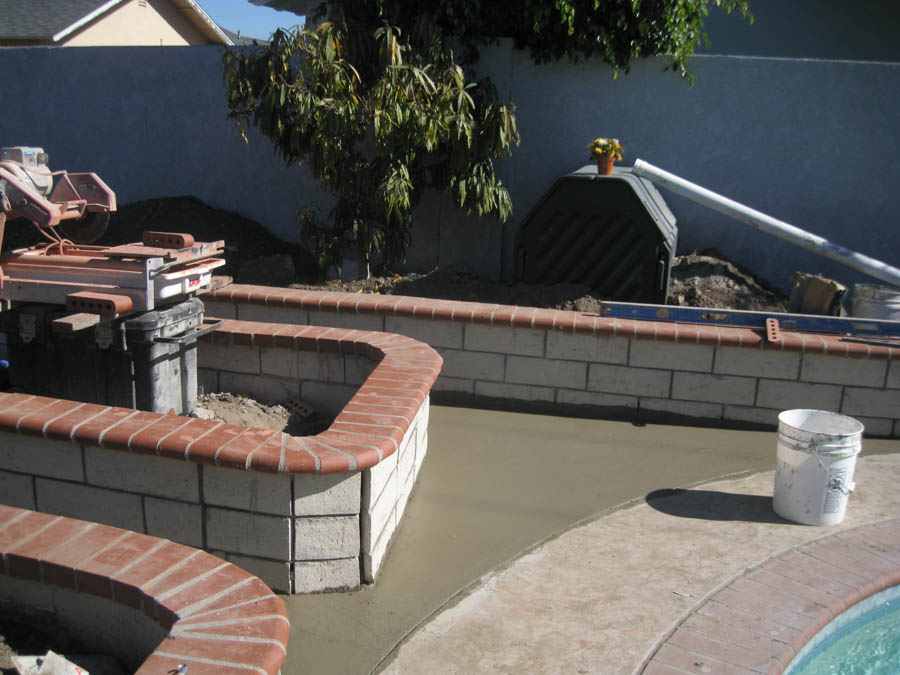
Looking good... ONly final touchups are needed
|
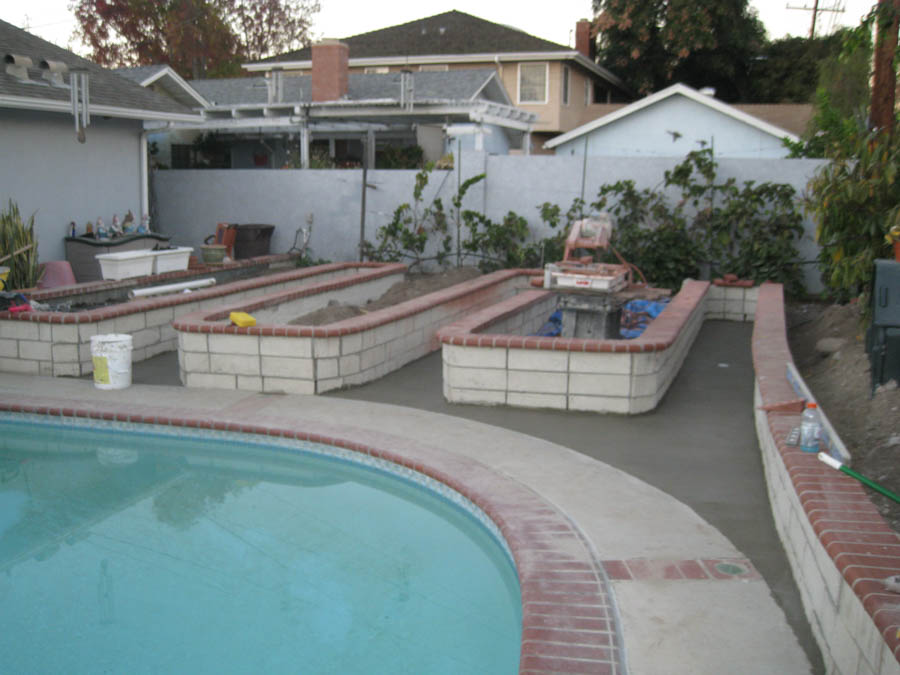
This will make it so much easier to garden

Sue makes an inspection!

She approves... No way can the water go into the pool
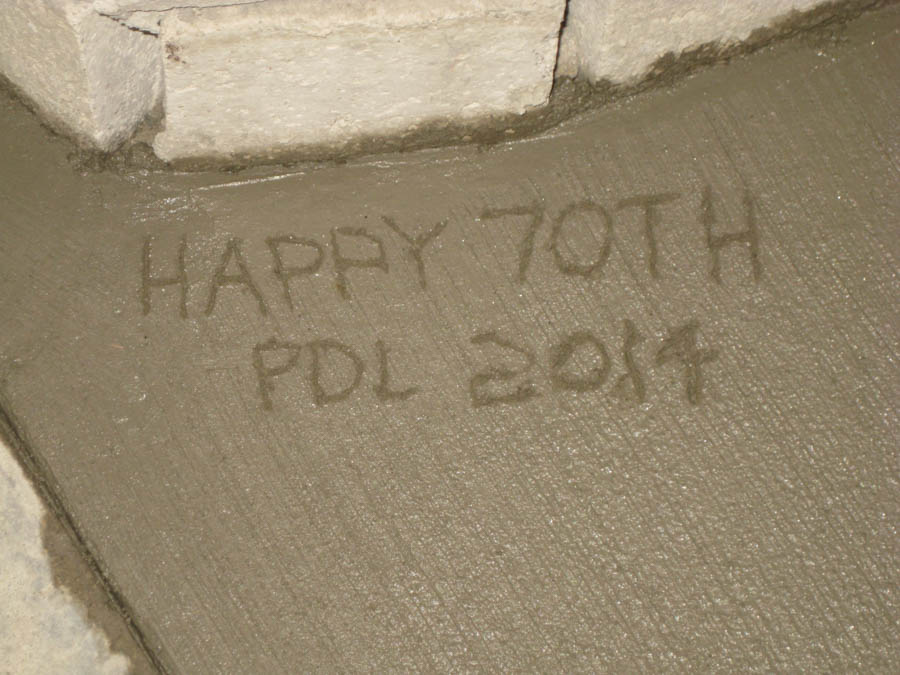
It's my 70th birthday present!

I did it.... Yes I did!
The Weekend Of November 7th

Friday the work is completed for the week
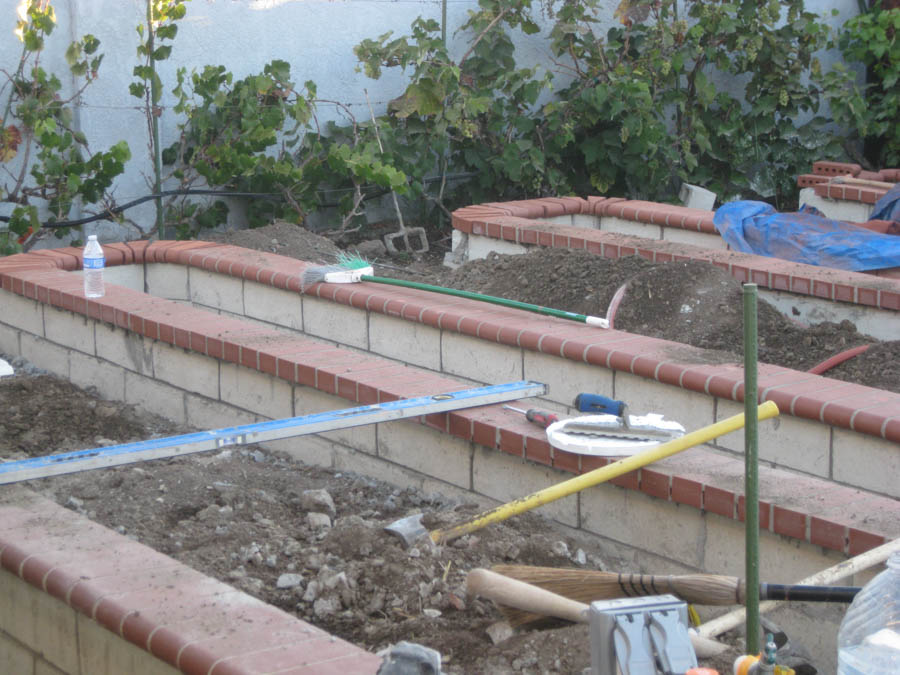
Lotsa dirt and rocks!
Saturday The 8th Morning We Heard Noises... Here Somes Some Dirt
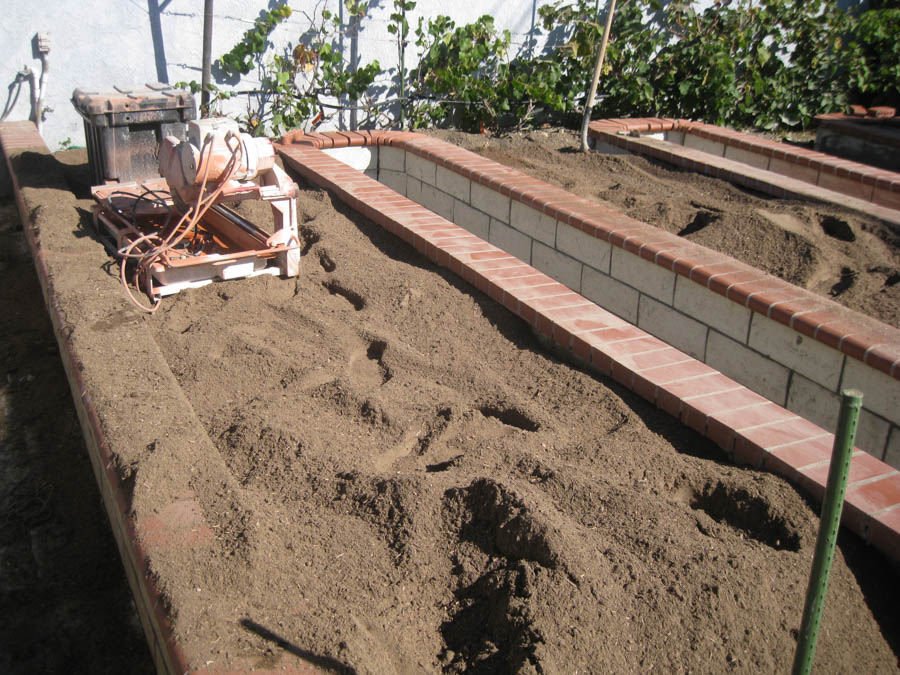
Dump truck full of 20/80 vegetable soil
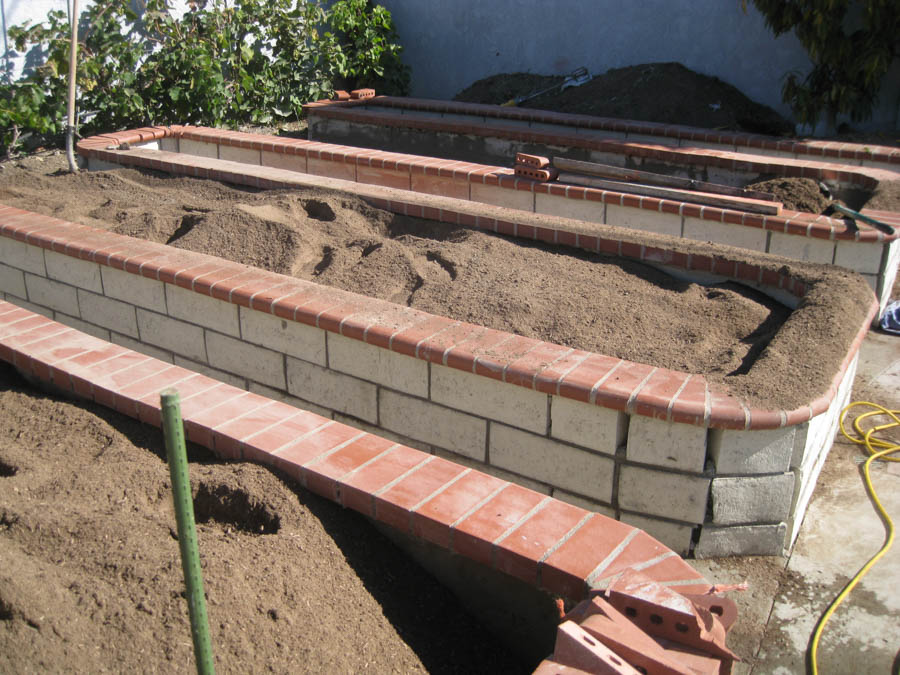
Probably about a third of what is needed... so far
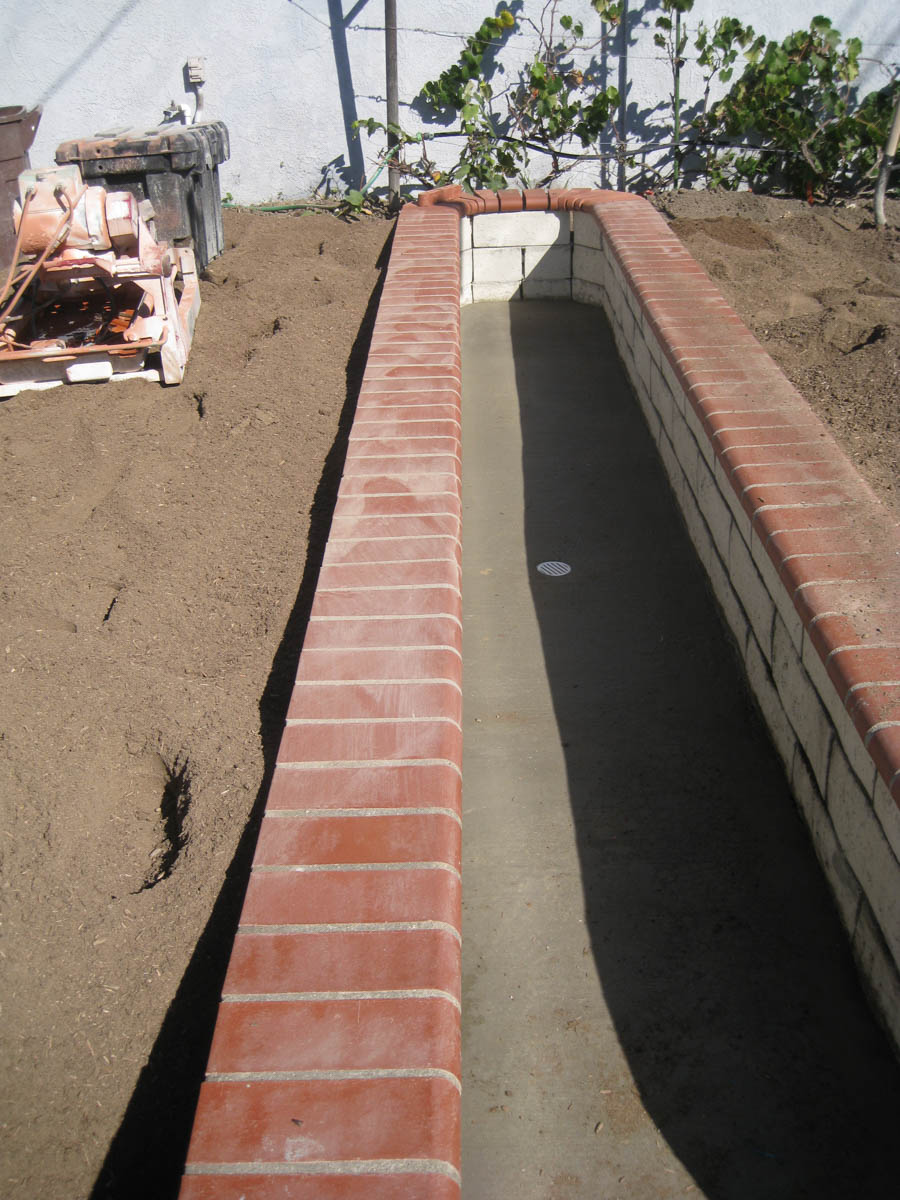
We tested the drains... five of the six worked.... One required modification
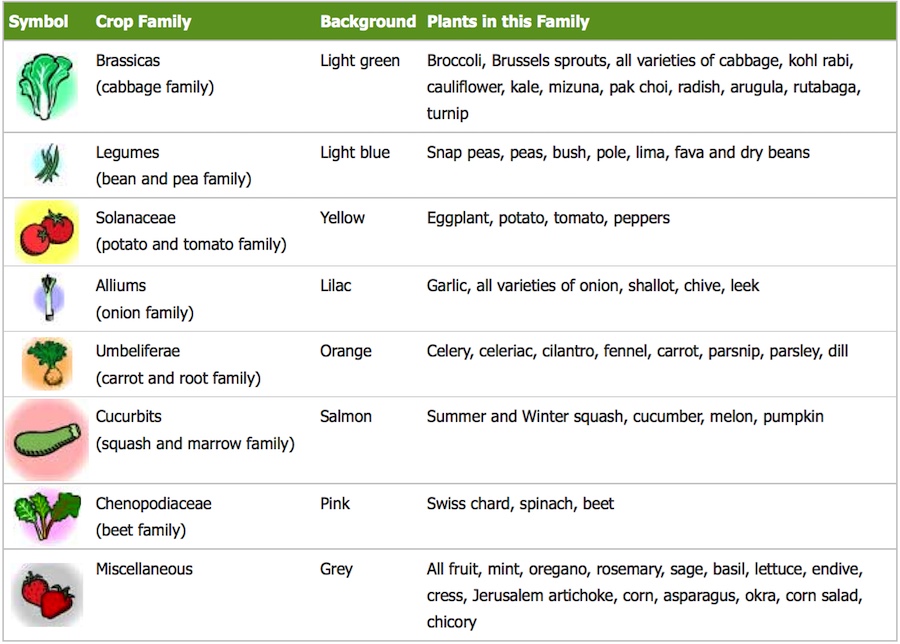
Now it will be easy to rotate the crops

| PLANT FAMILY | VEGETABLE |
Carrot Family (Apiaceae) |
carrot, celery, parsley, parsnip |
| Goosefoot Family (Chenopodiaceae) | beet, spinach, Swiss chard |
| Gourd Family (Cucurbitaceae) | cucumber, muskmelon, pumpkin, summer squash, watermelon, winter squash |
| Grass Family (Poaceae) | ornamental carn, popcorn, sweet corn |
| Mallow Family (Malvaceae) | okra |
| Mustard Family (Brassicaceae) | broccoli, Burssels sprouts, cabbage, cauliflower, Chinese cabbage, collard, kale, kohlrabi, mustard greens, radish, rutabaga, turnip |
| Nightshade Family (Solanaceae) | eggplant, pepper, potato, tomato |
| Onion Family (Alliaceae) | chives, garlic, leek, onion |
| Pea Family (Fabaceae) | bush bean, kidney bean, lima bean, pea, pole bean, soybean |
| Sunflower Family (Asteraceae) | endive, lettuce, sunflower |
Reasons to Rotate Crops
Disease Prevention: The content reason to rotate crops is to prevent the spread of plant disease. Disease organisms can build up over time, resulting in eventual crop failure. Rotating crops keeps these organisms in check.
Insect Control: Crop rotation also helps reduce insect infestations.
Nutrient Balance: Different families of plants require different nutrients. By rotating your crops, you keep the soil from being depleted and can target soil amendments to keep your garden balanced.
Nutrient Enhancement: Some plants actually enhance the soil, so rotating them through the garden can produce free organic soil conditioning.

Taking shape slowely but surely
- The far-right walkway did not drain well and
had to be dug up and replaced twice before it worked
11/10/2014 - Another Week

Another truck load of soil arrives...
Not As Expected...

What we were expecting for the other five turns
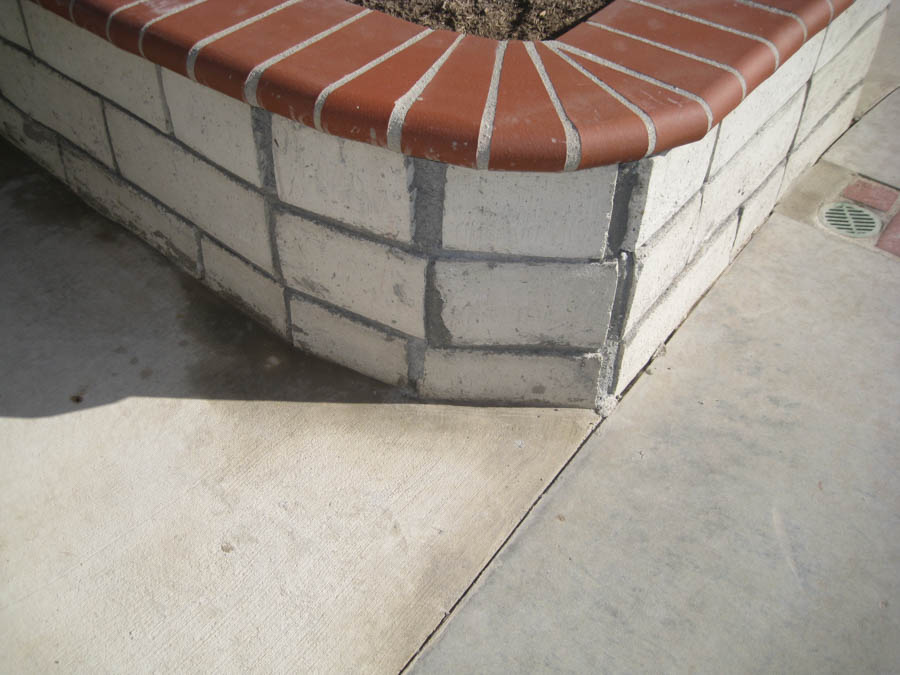
What we got.... Not good
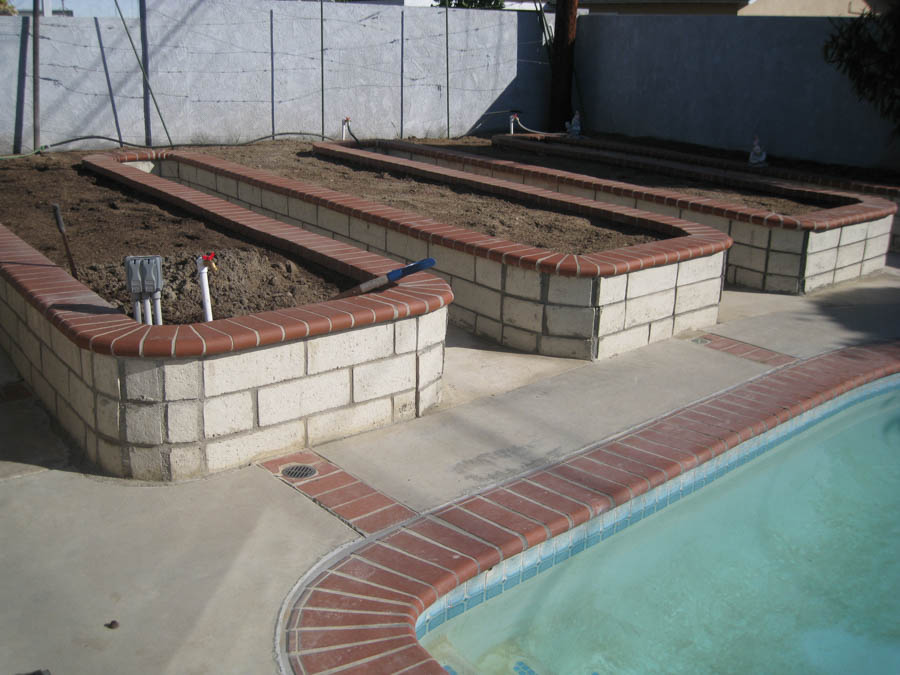
Just would not work...
Plan B
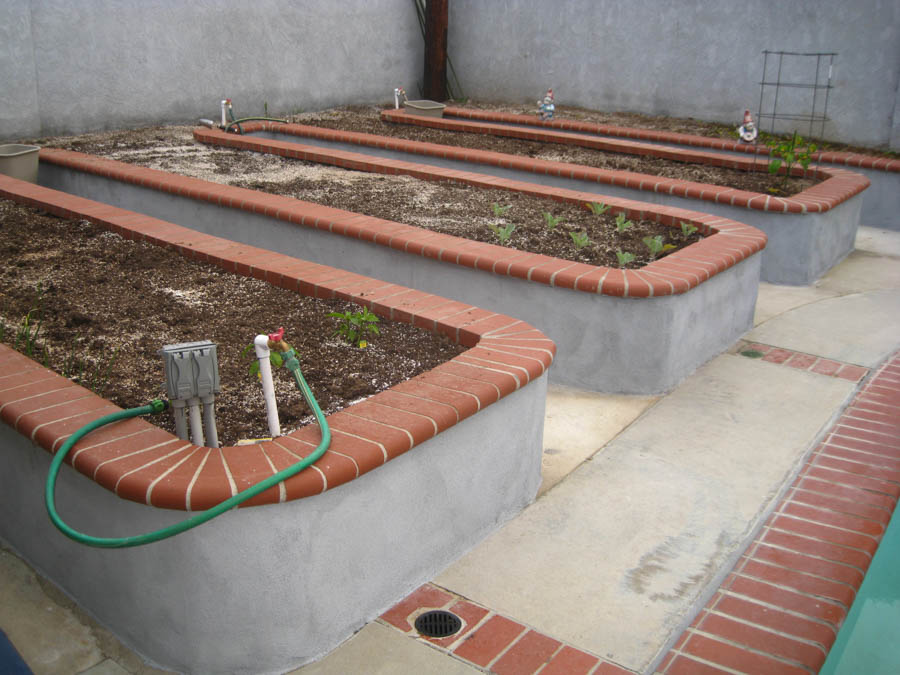
We had to stucco the blocks to hide the bad workmanship! It worked ok!
We have added about 10 bags of perlite to the soil to loosen it up
Did You Know? - Perlite is an amorphous volcanic glass that has a relatively high water content, typically formed by the hydration of obsidian. It occurs naturally and has the unusual property of greatly expanding when heated sufficiently. It is an industrial mineral and a commercial product useful for its light weight after processing.
Perlite softens when it reaches temperatures of 850–900 °C (1560-1650 °F). Water trapped in the structure of the material vaporises and escapes, and this causes the expansion of the material to 7–16 times its original volume. The expanded material is a brilliant white, due to the reflectivity of the trapped bubbles. Unexpanded ("raw") perlite has a bulk density around 1100 kg/m3 (1.1 g/cm3), while typical expanded perlite has a bulk density of about 30–150 kg/m3 (0.03-0.150 g/cm3).
In horticulture, perlite can be used as a soil amendment or alone as a medium for hydroponics or for starting cuttings. When used as an amendment it has high permeability / low water retention and helps prevent soil compaction.
